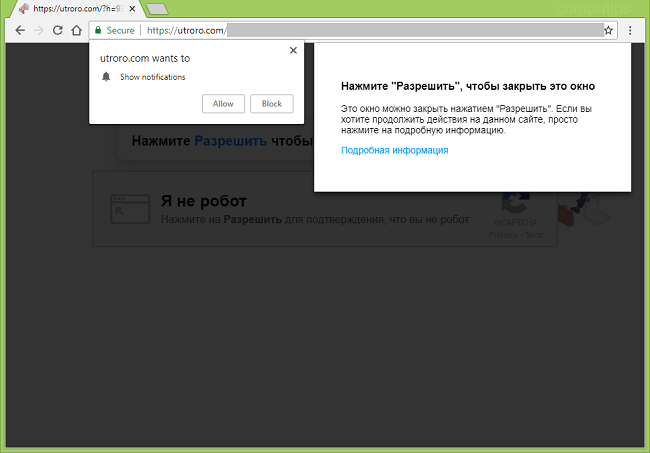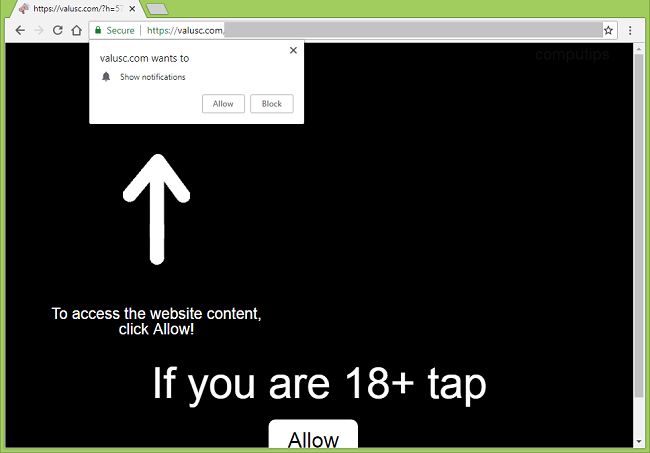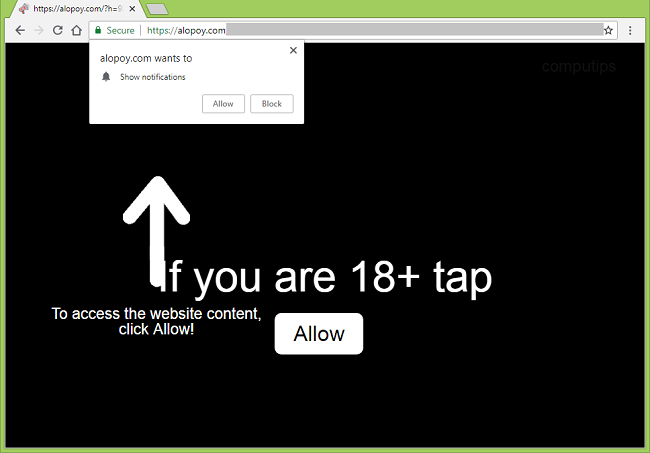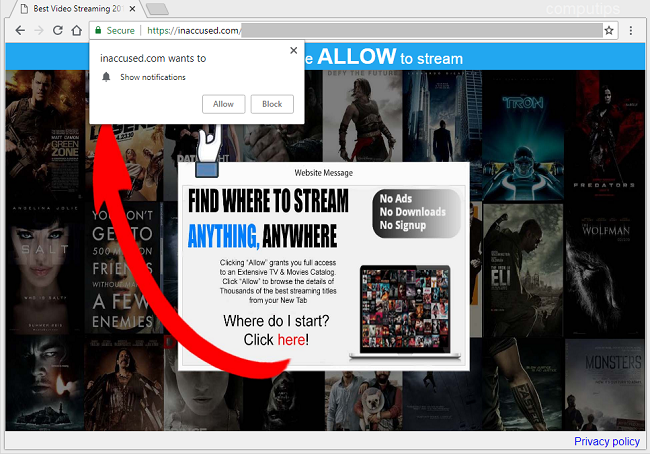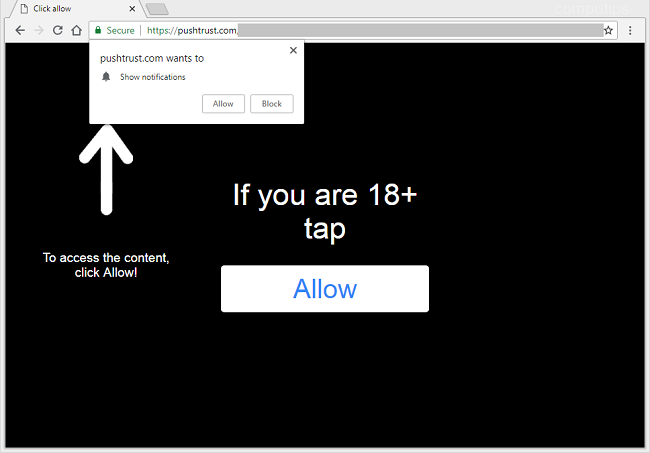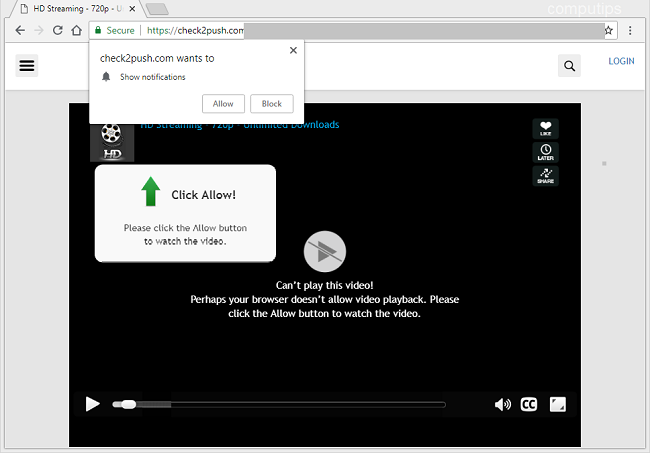What Is Wpformb.com?
Wpformb.com might start to pop up on your browser, trying to trick you into allowing notifications from that site. If you do that then instead of pop-ups you will get notifications spamming you with offers to visit adult sites, fake browser updates and other bogus prompts. Wpformb.com pop-ups are caused by adware that may have gotten installed on your computer together with some pirated software. The adware might also enforce Chrome notifications so that users cannot block those anymore. This step-by-step guide will help you to uninstall the adware and remove Wpformb.com pop-ups and notifications.
